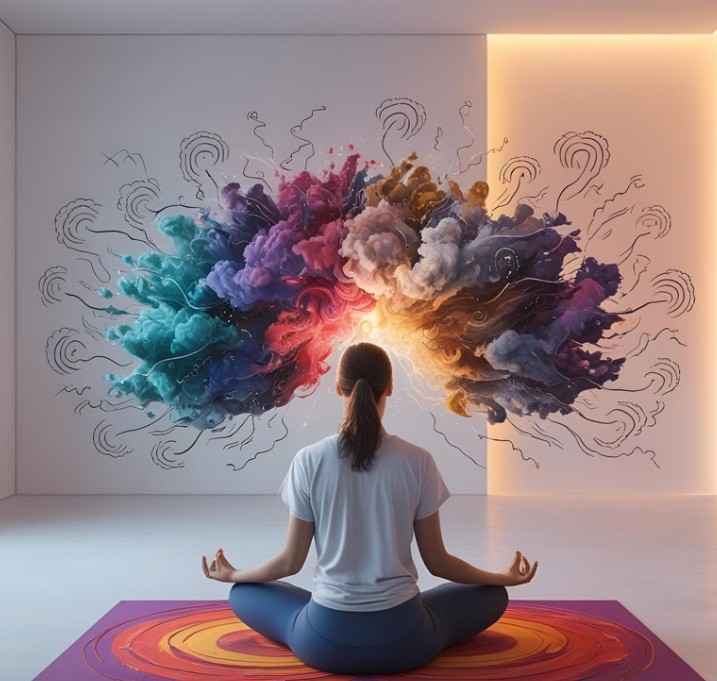I'm Not Even a Meditation Coach!
I did just mention that I sometimes use my own meditation recordings and I do indeed sometimes create and record meditations for myself and for my clients.
However, in my work as a spiritual coach, although I often begin sessions with a short meditation, I use them as introduction, a way to help you slow your breath, quiet your system, and get into the right state for the magic that follows.
Guided inner journeys.
Inner journeys are different and are deeply transformative.
These are even less about reducing mental chatter than meditation is.
In some ways they are the opposite in fact because they are about creating a particular kind of inner dialogue.
During a journey, you may connect with your spirit guides, uncover intuitive insights, manifest your desires, raise your vibration, or experience energy healing.
These experiences unfold in rich, symbolic ways led by your soul and your deep subconscious mind.
They are deeply supportive and informative if you’re feeling stuck, curious, overwhelmed, or pulled toward something new but can’t quite name it yet. Your soul always knows the way sometimes it just needs a little help speaking to you in a way that you can understand.
If you are interested in speaking to me about what your inner journeys might look like you can book a zero obligation, zero sales BS call here.
| 
